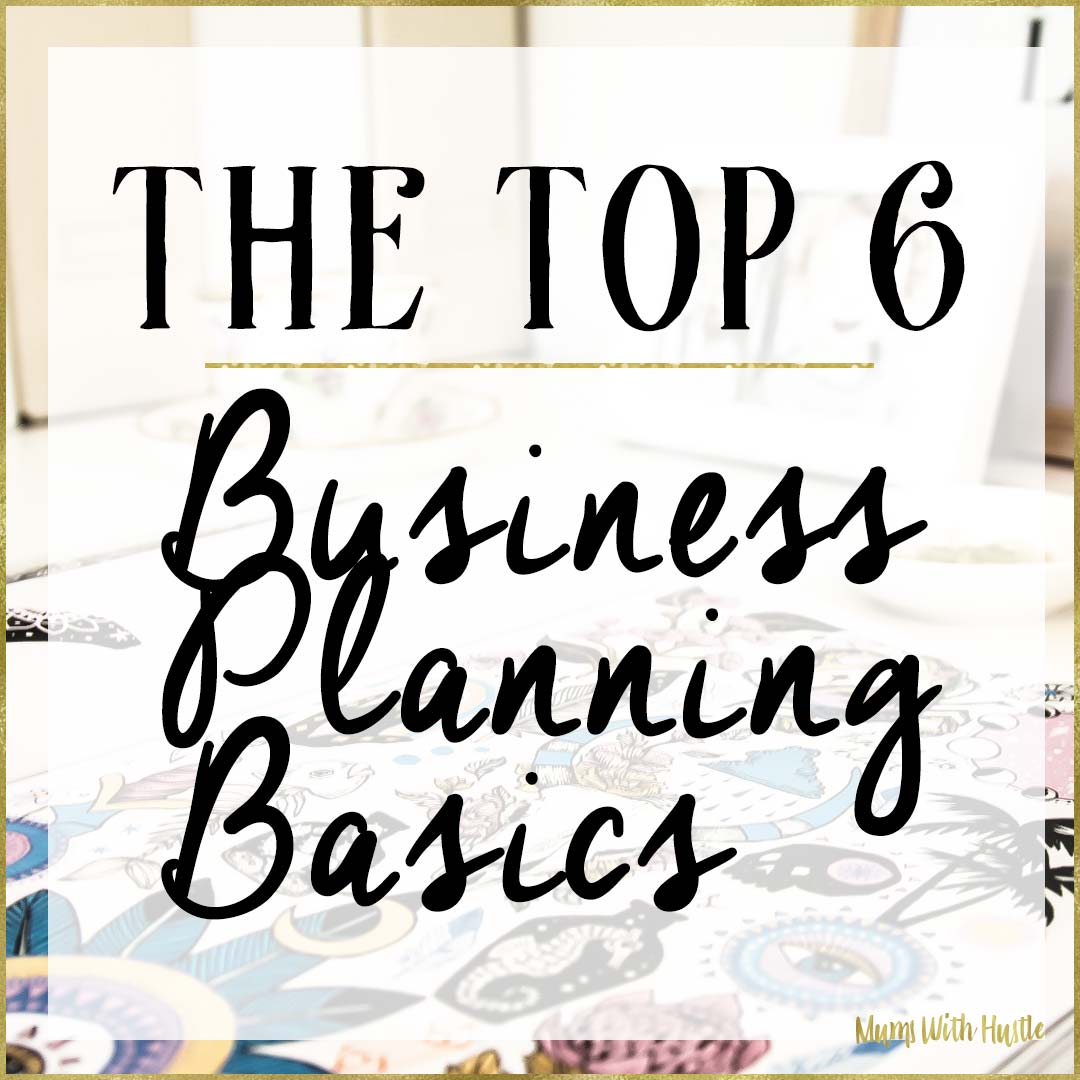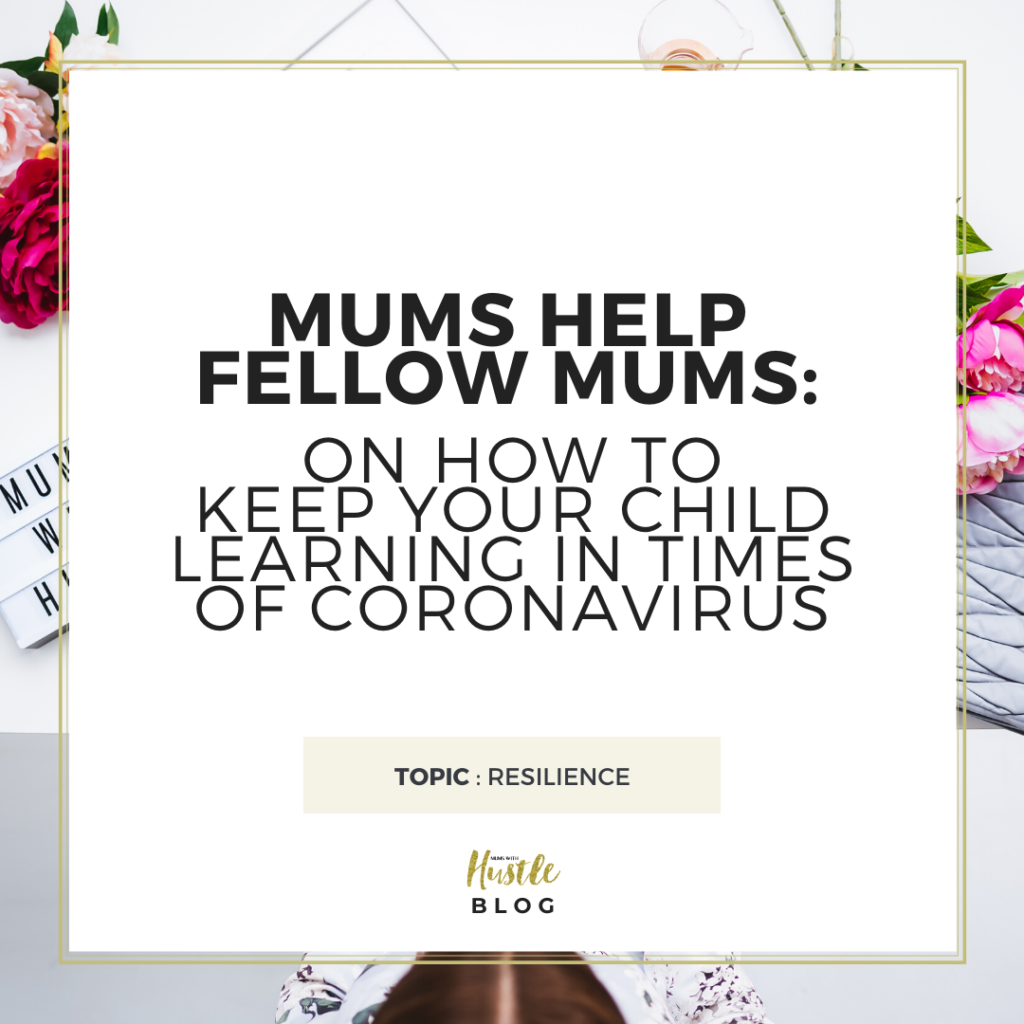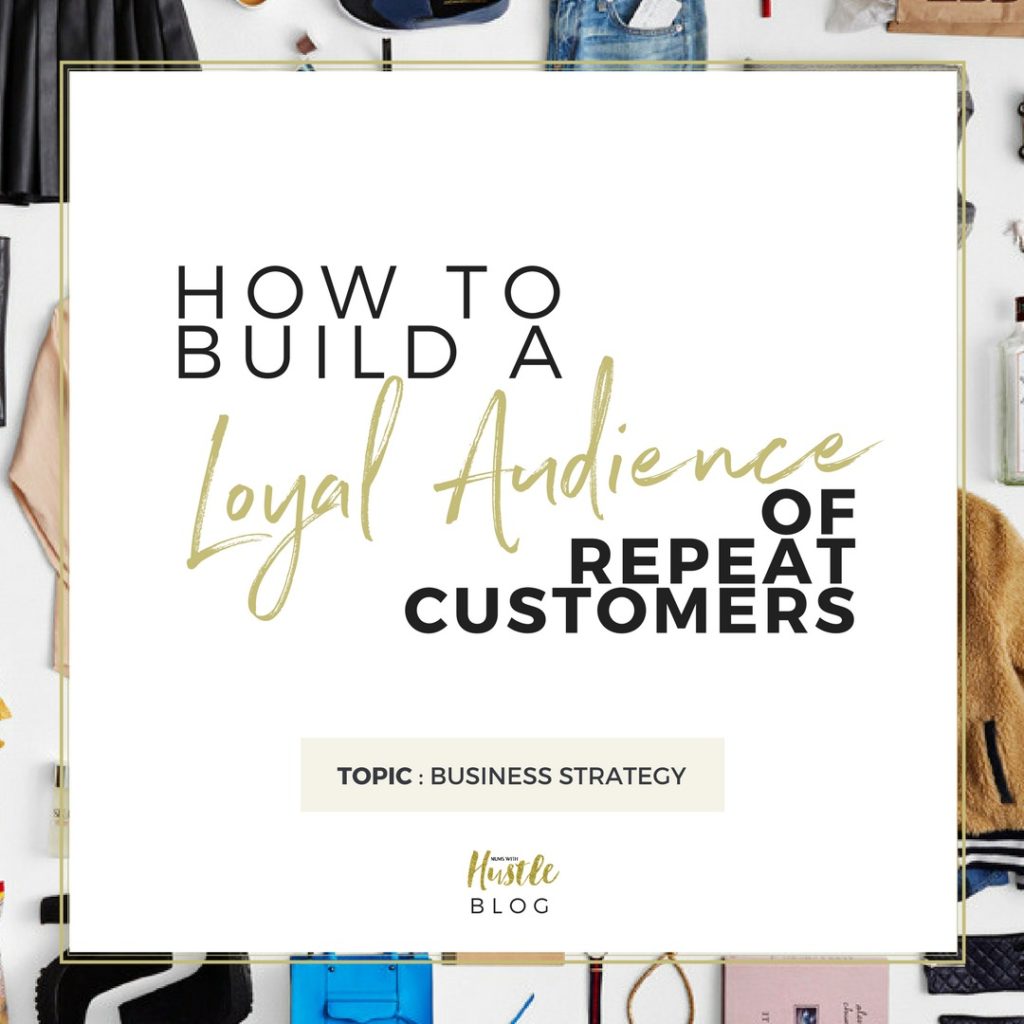
My Top Six: Business Planning Basics
Written by Lanna Hill
One Small Step Business Coaching

Business Basics – Planning for success
So in honour of my workshop at the New Beginnings Fair last month, and my feature on the Mums with Hustle podcast (yay!), I wanted to give you guys a blog post dedicated to my top six business planning basics. Now this is by no means an exhaustive list, but it definitely covers the really important parts of building a business plan – and for those of you that want more of a strategy rather than a written plan?
You're in luck – these six points are going to give you a really robust, dynamic strategy to set your business on the path you dream of.
You can follow along by grabbing the MWH Worksheet that has these 6 listed with some space to jot down your thoughts (inspired by my top 6):
[convertkit form=4847200]
1. Establish your mission, vision & values
There's a reason that this is number one – distilling your why, what & how into one powerful statement is a fantastic place for any small business to start. While this aspect of strategic planning is quite commonplace in the corporate world, it's not so common out there in the land of small business. But it should be! Why? A mission statement is a statement that is all about the how & what of your business – how your business is going to achieve the what – and the what needs to be about more than just selling products! It's about creating an experience – for your customers, your staff, your suppliers. And the vision statement is all about the why – the overarching reason you are in business in the first place. Once again, your why really needs to be about more than just selling a product or service. Think about what your ultimate goal or dream is – a vision statement is usually set in the future – and bring that to life in your vision statement. Lastly, your values. What values are important to you and your business? What do you want your business to stand for? The values that underpin One Small Step are honesty, integrity, passion and education. Now those values don't just relate to how I like to conduct myself in business. Those values are what I want to come across loud and clear to my target market, through my branding, and really guide my business into the future. Even if you only have three words – work out what they are! You'll see as we go through this why it's so important to start at the start!
2. What is your point of difference?
This one might seem obvious, but I would say is one of the most commonly under-researched and pinpointed in small business. A point of difference – also known as a unique selling point – is absolutely critical in order to make sure you stand out from your competitors and engage with your customers. A point of difference can be achieved in a variety of different ways – it could be that your product or service has a clear point of difference, which makes things a little easier! But don't dismay – there are so many businesses out there, both big and small, that are wildly successful despite the fact they have plenty of direct competitors. If you don't have an obvious point of difference, you can create one! So this could be in your branding, in your company values, in your customer service – just make sure it's really clear and distinctive. Building long term relationships with customers is all about engagement and telling a story – your point of difference is what you should be known for. Doing a SWOT (strengths, weaknesses, opportunities & threats) analysis is really helpful here. You might not have a significant point of difference, but by doing some analysis on your market & competition find a gap where you can really provide some value.
3. Who is your target market?
This is another basic step that might seem easy and intuitive, but there's a bit more to it than you might think! This is something I really encourage business owners to dig into a bit deeper – in fact it's critical to establish a clear and fairly detailed picture of exactly who you're trying to sell to. You might have heard terms like ‘ideal customer' or even ‘customer avatar' – what this means is make sure you have an in-depth understanding of who your customer is. Think demographics – age, gender, income, location are your starting points. Think about their likes, dislikes, what other brands might appeal to them, what sort of activities they like to do, what sort of pain points or issues they might have. These insights will be key further down the track, when we get to branding, marketing & advertising (including social media), and setting your action plan or tactical plan to start kicking some goals in your business. Now you might be thinking – do I need to really drill down so I'm just selling to one type of person? Shouldn't I be selling to anybody else? No, of course you don't need to be selling to just one type of consumer. But your core business focus – and where you add the most value and have the most competitive edge – should be targeted at one type of consumer. Your pricing strategy can also play a part here – you should find you have fewer competitors in your area of specialty, and therefore there is less price pressure because what you are providing really represents significant value to those customers. So you can afford to charge a little more. However if you service customers that come from a different segment – i.e. there are plenty of other options for those customers in the marketplace apart from you – you will usually find you have to be more competitive on price. Lots in this one folks! Definitely worth doing the extra homework.
4. How do you add value (other than your specific product or service)?
Guys in case you haven't picked it up – building sales is all about creating VALUE. Value gives you an edge, attracts your potential clients and keeps your current clients coming back. And it's all about creating long term relationships – and a key part in this is making sure you're delivering more to your clients than just your product or service. Is it outstanding customer service? Do you give your clients additional education or tools free of charge? Are you giving back to the community? Whatever it is, make sure it aligns with your values, your point of difference and of course your target market. Make sure it is meaningful to your audience! And remember this is another way of making your business stand out. Again it can be useful here to have a look at what your competitors are – or aren't – doing. I'm not an advocate of spending too much time focusing on what other people are doing, however it is one of the only ways you can identify a gap and opportunity in your market.
5. Link it all back to your brand
Branding! This is probably one of the most enjoyable parts of starting a new business, especially for those of us that are more visual creatures! Most of us know just how important good branding is, and why it's important. Branding is effectively the face of your business, and the means by which you communicate with your customers. It is how you tell your story. So hopefully it is now easy to understand why we need to do all that homework before we arrive at this stage – so you can have a really clear picture of what your story is! Being able to go to a graphic designer (or keep in mind if you're talented enough to do it yourself!), armed with all of the information we've just covered – your mission/vision statement, your values, your point of difference, your target market – is incredibly powerful and gives them everything they need to put together something amazing. You might have heard terms like ‘brand essence' or ‘brand story' – this essentially means the heart of your business. Or the personality, if you will. Being able to boil that down is so critical for so many different reasons. And one word of warning with your branding – once you've got some, be a stickler for it! Consistency is KING. Consistency is one of the ways you build trust with your customers (again with the long term relationships!) and this is so important for start-ups. Being professional and consistent (that means spellcheck kids!) is one of the best ways you can really convince your potential customers that you do what you say you can do. And remember, there's so much more to branding than just a logo and social media!
6. Link goals to action plans
So you've done all the planning – now it's time to start the doing! An action plan, or tactical plan, is a critical part of any good business plan. The first part of this is goal setting – this means both short, medium and long term goals. Write them down! Research proves that people that write their goals down achieve significantly more than those that don't. Your short & medium term goals should feel achievable, and be in line with your general strategy (and particularly in line with your mission, vision and values!). Using the SMART framework is a great place to start – but also make sure your goals really resonate with you emotionally. You have to really connect to what you're aiming for! And secondly, jot down a few long term goals to really get your imagination going. These might feel unrealistic or even impossible – but write them down anyway! The dream, or vision, that sits behind what you do is just as important as the everyday. And if you have a really clear, targeted plan that guides your everyday activities, you have an infinitely better chance of achieving those really big goals for your business. So lastly, make sure you link these goals to action plans – give yourself clear and definite steps to carry out to achieve your goals. Give yourself a time frame to keep you accountable – even if you're only setting yourself one goal a month! By setting your strategy first, then setting your goals and finally your action plan, you will be taking those small but definite steps toward achieving your goals.
Whew! There it is guys, my six key steps in writing a business plan or strategy for your business. Now I have by no means covered off everything in today's blog post, so if you have any questions relating to your business please contact me via email. I'd love to hear from you.
‘Til next time! x
Lanna Hill – One Small Step Business Coaching
Connect up with Lanna:
Listen to Lanna go into more detail on the Podcast in this awesome episode
https://tracyharris.wpengine.com/podcasts/do-i-really-need-a-business-plan/

About Tracy
As the founder and CEO of Mums With Hustle, I have the best day job in the world: teaching entrepreneurs how to grow their beautiful businesses online. When I started the business, that was everything I wanted, but since then, it has grown into something much bigger. Now, I get my joy from helping women find their zones of genius within a community that truly celebrates their success. I truly believe that when women choose to band together, we can do anything - and if you feel the same, there’s a place in the MWH community for you.
you might also like
FREE Reels Guide For Business Owners
Grow your following, boost your reach and grow your business with INSTAGRAM REELS.
Swipe 10 of the most effective Instagram Reels content ideas for business owners right now - including secret strategies my members and I have used to skyrocket our engagement (I'm talking over 40K views on a single REEL within 24hrs)!





